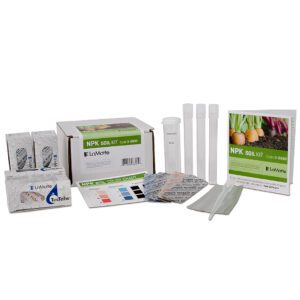SOIL TEST KIT #2: Investigates soil characteristics
Students can investigate the nature of soils, observing and characterising based on physical examination of the chemical composition and the microbial community studied. Intended for a small group demonstration, or repeated for an individual investigator. Requires two 45-minute class periods.




